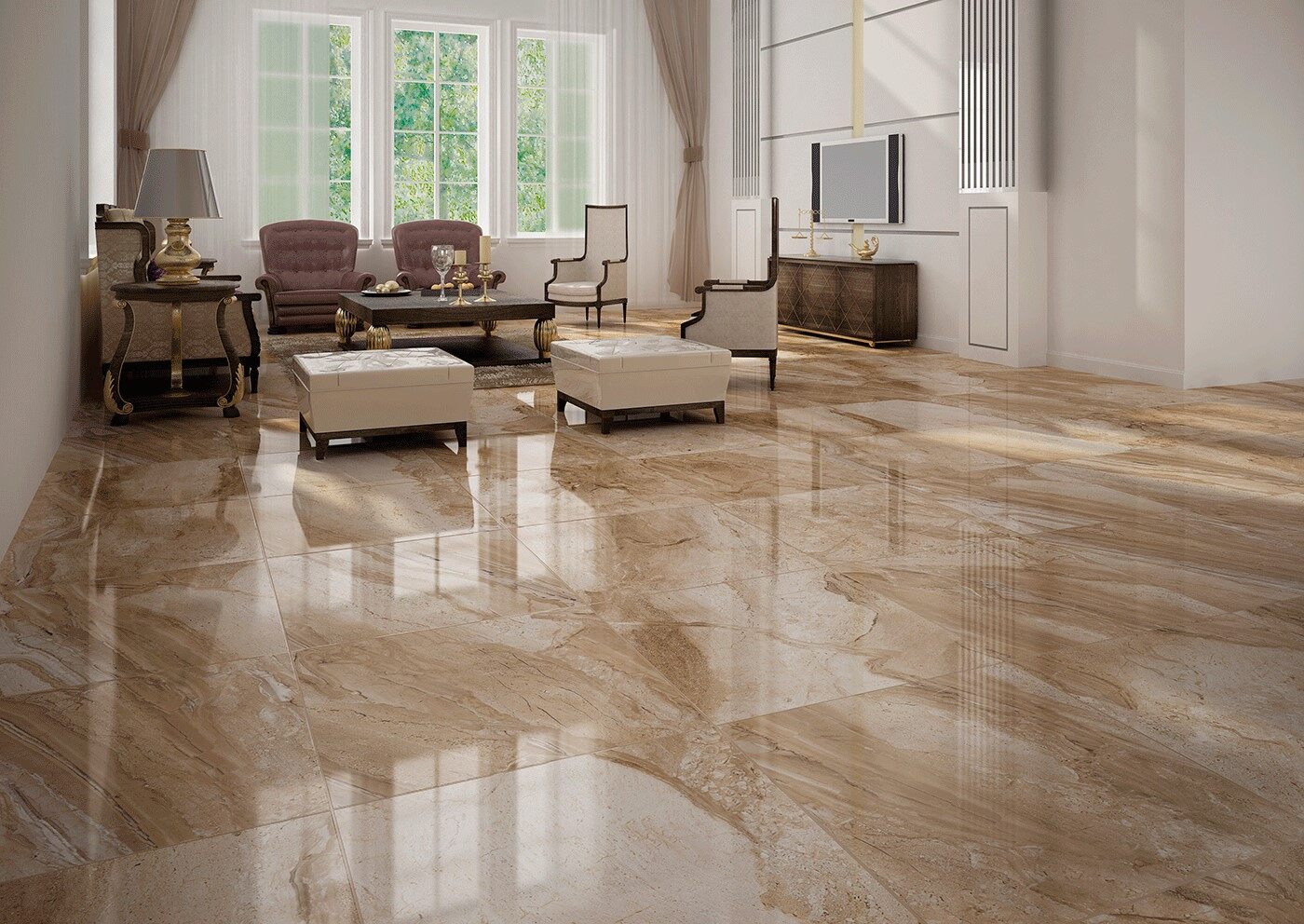

Articles
Which Tile Is Best For Living Room Floor
Modified: May 6, 2024
Discover the best articles about tile options for your living room floor and make the right choice for your home. Find tips, trends, and expert advice here!
(Many of the links in this article redirect to a specific reviewed product. Your purchase of these products through affiliate links helps to generate commission for Storables.com, at no extra cost. Learn more)
Introduction
The living room is often the heart of a home, where family and friends gather to relax, entertain, and create lasting memories. When it comes to selecting the right floor for your living room, there are several factors to consider. From durability and aesthetics to maintenance and budget, choosing the best tile for your living room floor can dramatically enhance the overall look and feel of your space.
In this article, we will explore the various types of tiles that are commonly used for living room floors and discuss their benefits and considerations. Whether you prefer the timeless elegance of natural stone, the clean and sleek finish of porcelain, or the affordability of laminate flooring, we will cover the options available to help you make an informed decision.
Before delving into the specifics, it’s essential to prioritize your needs and preferences. Ask yourself questions like:
- What is my budget?
- How much foot traffic does my living room typically experience?
- Am I looking for a certain style or ambiance?
- Do I have any specific maintenance requirements?
Considering these factors will guide you towards finding the perfect flooring solution for your living room. Now, let’s explore the different types of tiles available:
Key Takeaways:
- Porcelain tiles offer durability, versatility, and easy maintenance, making them a practical and stylish choice for living room floors, especially in high-traffic areas.
- When choosing the best tile for your living room floor, consider factors such as durability, style, maintenance, and comfort to create a space that is both functional and visually appealing.
Read more: Which Wallpaper Is Best For Living Room
Factors to Consider in Choosing Living Room Floor Tiles
When choosing floor tiles for your living room, there are several important factors to take into consideration. These factors will help you determine the type of tiles that are best suited to your specific needs and preferences:
- Durability: The durability of the floor tiles is crucial, especially in a high-traffic area like the living room. Consider the wear and tear the floor will endure, such as foot traffic, furniture movement, and potential spills. Opt for tiles that are resistant to scratches, stains, and fading to ensure a long-lasting and durable flooring solution.
- Style and Aesthetics: Your living room floor is a focal point of the space and plays a vital role in the overall design aesthetic. Consider the style and ambiance you want to create in your living room. Tiles come in a wide range of colors, patterns, and finishes, allowing you to find the perfect match for your personal style and the overall theme of your home.
- Maintenance: Different types of tiles have varying maintenance requirements. Some may require regular sealing or special cleaning products, while others may be more low-maintenance. Consider your willingness and ability to maintain the floor tiles properly to keep them looking their best for years to come.
- Budget: It’s essential to establish a budget for your living room floor tiles. Tiles come in a wide price range, so it’s important to consider your budget limitations while also keeping in mind the value and longevity of the tiles you choose.
- Comfort: The comfort of the floor is another factor to consider, especially if you spend a significant amount of time in your living room. Some tiles can be cold and hard underfoot, while others offer more cushioning and warmth. Consider adding underfloor heating or choosing tiles with a softer texture for added comfort.
By considering these factors, you can narrow down your options and choose the floor tiles that best meet your requirements. Now, let’s explore the different types of tiles commonly used for living room floors:
Porcelain Tiles
Porcelain tiles are a popular choice for living room floors due to their durability and versatility. Made from dense clay fired at high temperatures, porcelain tiles are incredibly strong and resistant to stains, scratches, and moisture.
One of the biggest advantages of porcelain tiles is their wide range of styles and designs. They can mimic the look of natural stone, wood, or even concrete, allowing you to achieve the desired aesthetic for your living room. From sleek and modern to rustic and traditional, there’s a porcelain tile to suit every taste.
Porcelain tiles are non-porous, which means they are highly resistant to water absorption. This makes them an excellent choice for living rooms where spills and accidents may occur. They are also easy to clean, requiring only regular sweeping and occasional mopping.
Additionally, porcelain tiles are known for their exceptional durability. They can withstand heavy foot traffic, making them a perfect choice for busy households or homes with pets and children. Furthermore, they are resistant to fading and UV exposure, ensuring that your living room floor maintains its original beauty for years to come.
While porcelain tiles offer many benefits, there are a few considerations to keep in mind. Firstly, they can be more expensive compared to other types of tiles. However, their long lifespan and low maintenance requirements make them a worthwhile investment.
Another consideration is that porcelain tiles can be hard and cold underfoot. If comfort is a priority, consider adding area rugs or underfloor heating to provide warmth and cushioning.
In summary, porcelain tiles are a durable and versatile option for living room floors. With their wide range of styles, easy maintenance, and resistance to stains, scratches, and moisture, they offer a beautiful and practical solution for your living space.
Ceramic Tiles
Ceramic tiles are a popular choice for living room floors due to their affordability, versatility, and wide range of design options. They are made from clay that is kiln-fired at a lower temperature compared to porcelain tiles.
Ceramic tiles are available in various sizes, shapes, colors, and patterns, allowing you to create unique and personalized designs for your living room floor. Whether you prefer a classic and timeless look or a bold and contemporary design, ceramic tiles offer endless possibilities.
One of the main advantages of ceramic tiles is their affordability. They are generally more budget-friendly compared to porcelain or natural stone tiles, making them an ideal choice for those on a tight budget.
In terms of maintenance, ceramic tiles are relatively easy to clean and maintain. Regular sweeping and occasional mopping with a mild detergent are usually sufficient to keep them looking their best. It’s important to note that ceramic tiles are not as resistant to stains and moisture as porcelain tiles, so proper care should be taken to prevent potential damage.
While ceramic tiles are durable and can withstand moderate foot traffic, they are generally not as strong as porcelain tiles. It’s important to consider the overall use and foot traffic in your living room when choosing ceramic tiles to ensure they can withstand the level of activity in the space.
Another consideration is that ceramic tiles can be prone to chipping and cracking if heavy objects are dropped on them. It’s advisable to use furniture pads or protective mats under heavy furniture to prevent any damage.
Overall, ceramic tiles are a cost-effective and versatile option for living room floors. With their extensive design options and easy maintenance, they can transform your living room into a stylish and inviting space.
Natural Stone Tiles
Natural stone tiles bring timeless beauty and elegance to living room floors. Made from various types of natural stone such as marble, granite, limestone, and travertine, these tiles exude a luxurious and sophisticated appeal.
One of the main advantages of natural stone tiles is their unique and natural variations in color and texture. No two tiles are exactly alike, giving your living room floor a distinct and one-of-a-kind look. Whether you prefer the classic veining of marble or the intricate patterns of slate, natural stone tiles provide a stunning visual impact.
In addition to their aesthetic appeal, natural stone tiles are known for their exceptional durability and longevity. With proper maintenance, they can last for generations. However, it’s important to note that different types of natural stone have varying levels of hardness and durability. For instance, granite is highly durable and resistant to scratches and stains, while softer stones like marble may be more susceptible to scratches and etching.
When it comes to maintenance, natural stone tiles require special care. They should be sealed regularly to protect them from stains and moisture. Spills should be wiped up immediately to prevent any potential damage. Additionally, abrasive cleaning agents should be avoided as they can scratch the surface of the tiles.
Another consideration is that natural stone tiles can be more expensive compared to other types of tiles. However, their luxurious appearance and timeless appeal make them a worthwhile investment for those seeking to create a high-end living room space.
Lastly, natural stone tiles can be cold underfoot, especially in cooler climates. Consider using radiant heating systems or area rugs to add warmth and comfort to your living room floor.
In summary, natural stone tiles offer unparalleled beauty and durability for living room floors. With their unique variations, long lifespan, and luxurious appeal, they can create a stunning and sophisticated living room space.
When choosing a tile for your living room floor, consider a durable and easy-to-clean option such as porcelain or ceramic. These tiles come in a variety of styles and colors to suit your design preferences.
Read more: Which Sofa Is Best For Living Room
Laminate Flooring
Laminate flooring is a popular and affordable option for living room floors. It is a synthetic flooring material that consists of multiple layers, including a photographic layer that mimics the look of real wood, stone, or tile.
One of the biggest advantages of laminate flooring is its versatility in design. It offers a wide range of styles and finishes, allowing you to achieve the look of expensive materials at a fraction of the cost. Whether you prefer the warm tones of hardwood or the cool aesthetics of stone, laminate flooring can provide the desired effect.
Another advantage of laminate flooring is its durability. It is highly resistant to scratches, stains, and fading, making it an excellent choice for high-traffic living rooms. The top wear layer of laminate flooring is designed to withstand everyday wear and tear, ensuring that your floor remains beautiful for years to come.
Maintenance for laminate flooring is simple and hassle-free. Regular sweeping and occasional damp mopping are usually sufficient to keep the floor clean. Additionally, laminate flooring is resistant to moisture, making it a suitable option for living rooms in areas prone to spills or high humidity levels.
Laminate flooring is also relatively easy to install, with many options available in a floating floor system. This means that the planks or tiles interlock or adhere to each other rather than being glued or nailed down. This makes it a popular choice for DIY enthusiasts looking to save on installation costs.
It’s important to note that while laminate flooring is highly durable, it is not immune to damage. Sharp objects or heavy furniture can still dent or scratch the surface. Additionally, laminate flooring is not suitable for areas prone to moisture, such as bathrooms or kitchens, as excessive water exposure can cause the planks to warp.
In summary, laminate flooring offers a cost-effective and versatile option for living room floors. With its wide range of styles, durability, and easy maintenance, it provides a practical and visually appealing solution for any living space.
Engineered Wood Flooring
Engineered wood flooring is a popular choice for living room floors due to its natural beauty and durability. It is made of multiple layers of wood, with a top layer of real hardwood veneer and a core layer of high-density fiberboard or plywood.
One of the main advantages of engineered wood flooring is its ability to mimic the look and feel of solid hardwood flooring. The top layer of real wood provides an authentic and warm aesthetic, adding a touch of elegance to any living room. With a wide range of wood species and finishes available, you can choose the perfect style to complement your interior design.
Engineered wood flooring offers excellent durability. The multiple layers make it more resistant to moisture and temperature changes compared to solid hardwood. This means it can be installed in areas with slight fluctuations in humidity, such as living rooms. However, it is not suitable for high-moisture areas like bathrooms or basements.
Maintenance for engineered wood flooring is relatively simple. Regular sweeping and occasional damp mopping with a recommended wood floor cleaner are usually sufficient to keep the floor looking its best. It’s important to clean up any spills promptly to prevent any potential damage to the wood veneer.
Another advantage of engineered wood flooring is its compatibility with underfloor heating systems. It conducts heat effectively, providing warmth and comfort underfoot during colder months.
While engineered wood flooring offers many benefits, it does have some considerations. It tends to be more expensive than other flooring options, including laminate or vinyl. However, the long lifespan and timeless appeal of real wood make it a worthwhile investment.
Additionally, engineered wood flooring can be susceptible to scratches and dents, although the top layer of hardwood veneer can be refinished to rejuvenate the appearance of the floor. It’s also important to follow the manufacturer’s guidelines for installation and maintenance to ensure the longevity of the flooring.
In summary, engineered wood flooring combines the natural beauty of hardwood with enhanced durability. With its wide variety of styles, excellent resistance to moisture, and ease of maintenance, it is a popular choice for homeowners looking to add elegance and value to their living room floors.
Vinyl Flooring
Vinyl flooring has become a popular choice for living room floors due to its versatility, affordability, and durability. It is a synthetic flooring material that comes in sheets, tiles, or planks and is available in a wide range of styles and designs.
One of the significant advantages of vinyl flooring is its versatility in design. It can mimic the look of various natural materials like hardwood, stone, or ceramic tiles. With advancements in manufacturing, vinyl flooring can now replicate the textures and patterns of these materials so convincingly that it can be challenging to distinguish from the real thing.
Another advantage of vinyl flooring is its affordability. It is generally more cost-effective compared to natural materials like hardwood or stone. This makes it a budget-friendly option for homeowners looking to achieve a specific aesthetic without breaking the bank.
Vinyl flooring is known for its durability and resistance to stains, scratches, and water. It is designed to withstand heavy foot traffic and is a popular choice for high-traffic areas like living rooms. Additionally, vinyl flooring is relatively low maintenance. Regular sweeping and occasional mopping with mild detergent are usually sufficient to keep it clean and in good condition.
One of the key benefits of vinyl flooring is its water resistance. Unlike natural materials like hardwood, vinyl can handle moisture without warping or swelling. This makes it an excellent choice for living rooms where spills and accidents may occur.
Installation of vinyl flooring is relatively straightforward and can be done either as a floating floor or with adhesive. This makes it suitable for DIY enthusiasts who want to tackle the project themselves.
While vinyl flooring offers many advantages, it is essential to consider its potential drawbacks. Firstly, vinyl flooring may not have the same luxurious feel and visual depth as natural materials like hardwood or stone. Additionally, it can emit volatile organic compounds (VOCs), especially in low-quality or older vinyl products. However, many manufacturers now offer low-VOC or eco-friendly options for those concerned about indoor air quality.
In summary, vinyl flooring is a versatile, affordable, and durable option for living room floors. With its wide range of styles, water resistance, and low maintenance requirements, it provides an accessible and attractive solution for homeowners seeking a practical and visually appealing flooring choice.
Conclusion
Choosing the best tile for your living room floor is a decision that requires careful consideration of several factors. From durability and style to maintenance and budget, each factor plays a crucial role in creating a space that is both functional and visually appealing.
Porcelain tiles offer a durable and versatile option, with their wide range of styles and resistance to stains and scratches. Ceramic tiles, on the other hand, provide an affordable and low-maintenance choice with numerous design possibilities. Natural stone tiles bring a timeless beauty and elegance to living rooms, but they require special care and come with a higher price tag. Laminate flooring offers a cost-effective and versatile option, while engineered wood flooring combines the natural beauty of hardwood with enhanced durability. Vinyl flooring provides versatility, affordability, and water resistance, making it a popular choice for many households.
Ultimately, the best tile for your living room floor will depend on your specific needs, preferences, and budget. Consider factors such as durability, style, maintenance, and comfort when making your decision. It’s also a good idea to consult with professionals or visit showrooms to see the different options in person and get a better understanding of the materials.
Remember, the right tile can transform your living room into a space that is not only beautiful but also functional and practical for your lifestyle. So take your time, weigh your options, and choose the tile that best suits your taste and requirements. With the right choice, you can create a living room floor that truly enhances the overall ambiance of your home.
Curious about more than just tile types for your living space? If you're pondering over various flooring options, our next piece delves deep into the pros and cons of different materials suited for living rooms. Whether you need durability, style, or comfort, we've lined up expert insights and practical advice to help you make an informed decision. Don't miss out on transforming your living space with the perfect flooring choice.
Frequently Asked Questions about Which Tile Is Best For Living Room Floor
Was this page helpful?
At Storables.com, we guarantee accurate and reliable information. Our content, validated by Expert Board Contributors, is crafted following stringent Editorial Policies. We're committed to providing you with well-researched, expert-backed insights for all your informational needs.

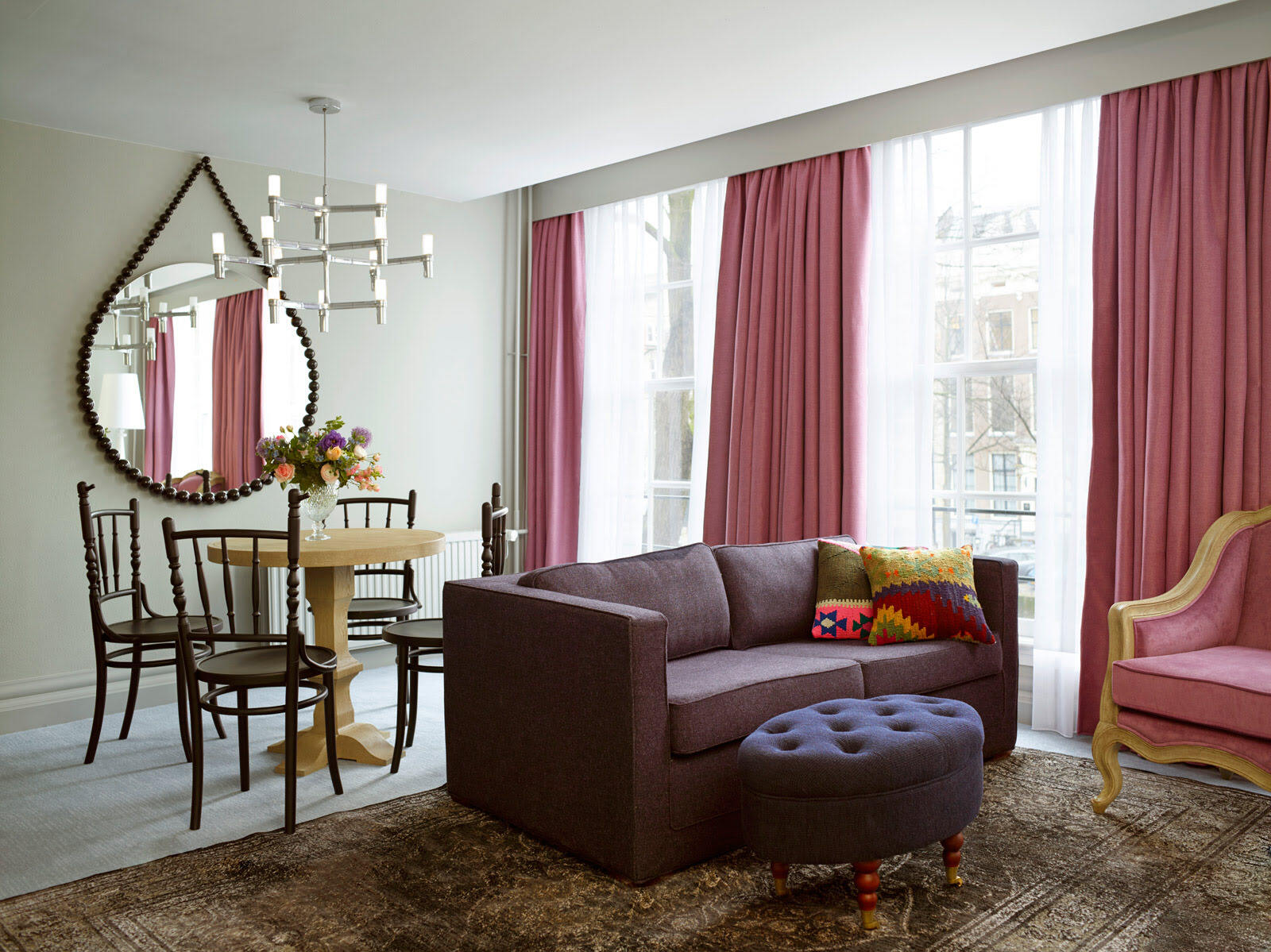
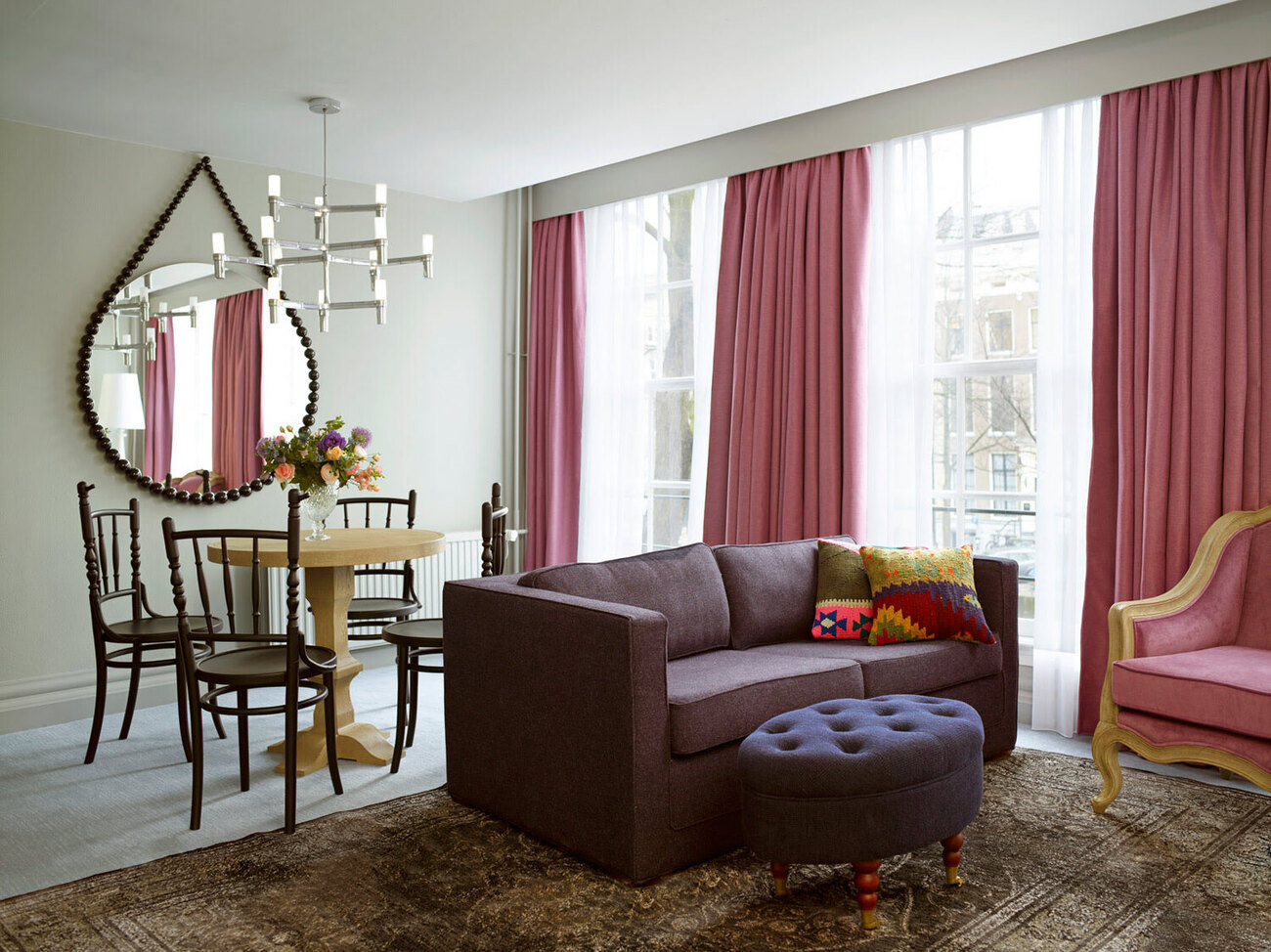
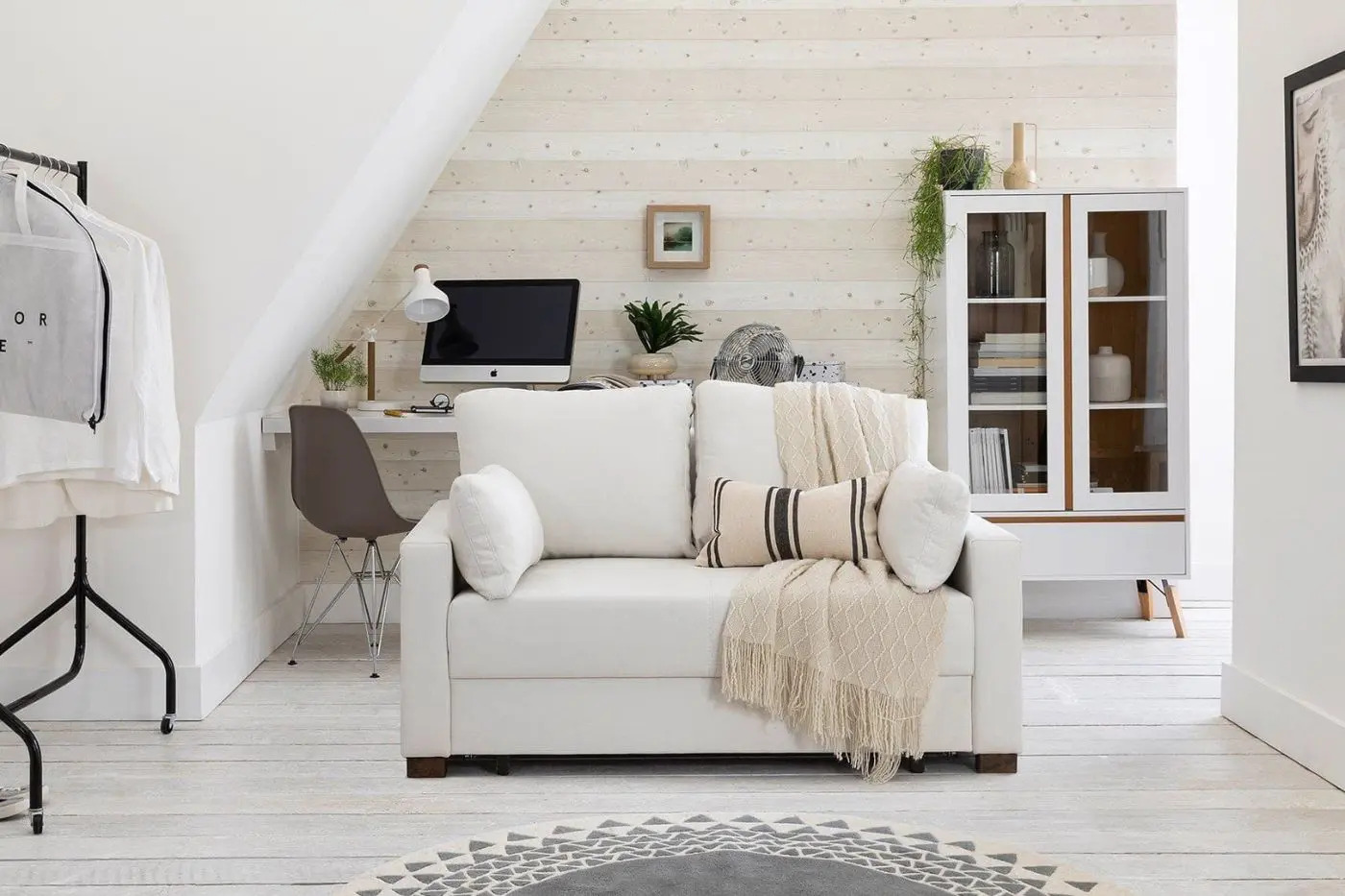
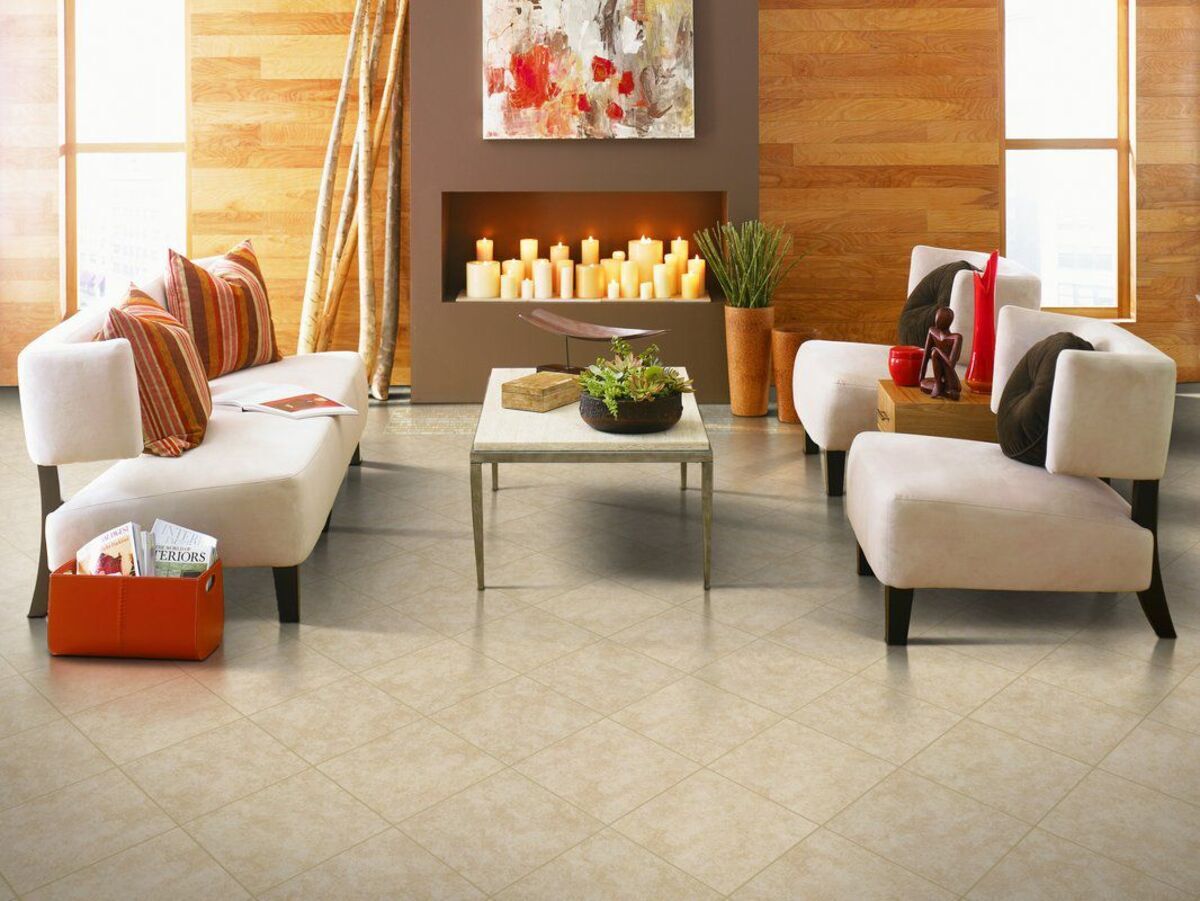
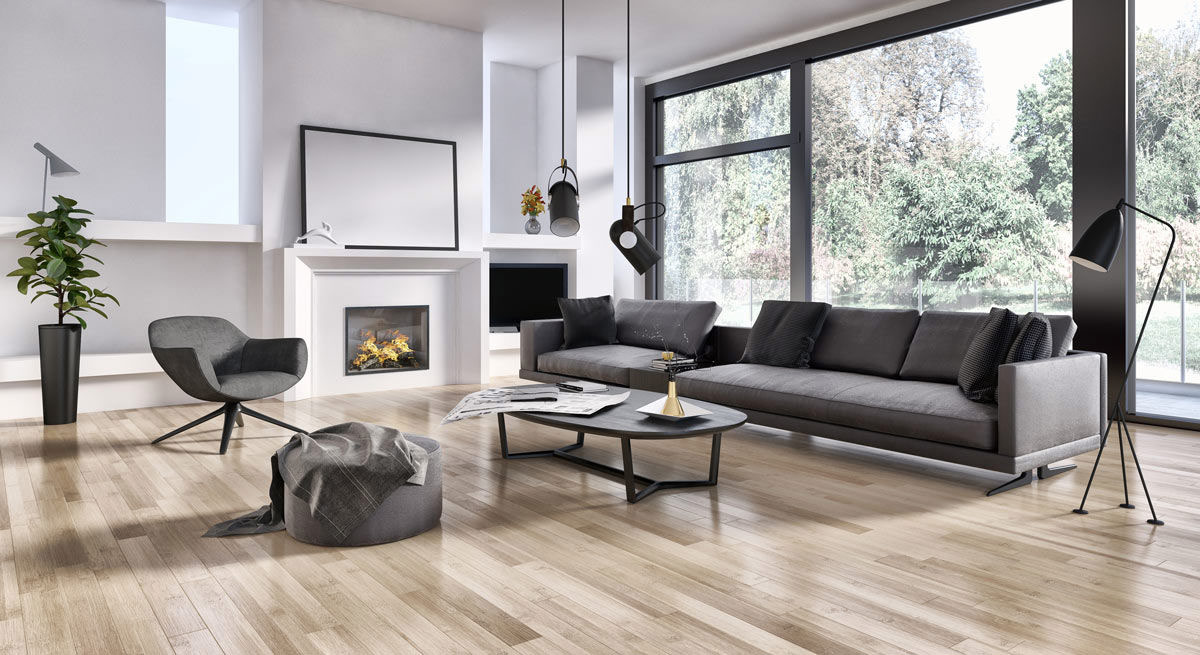
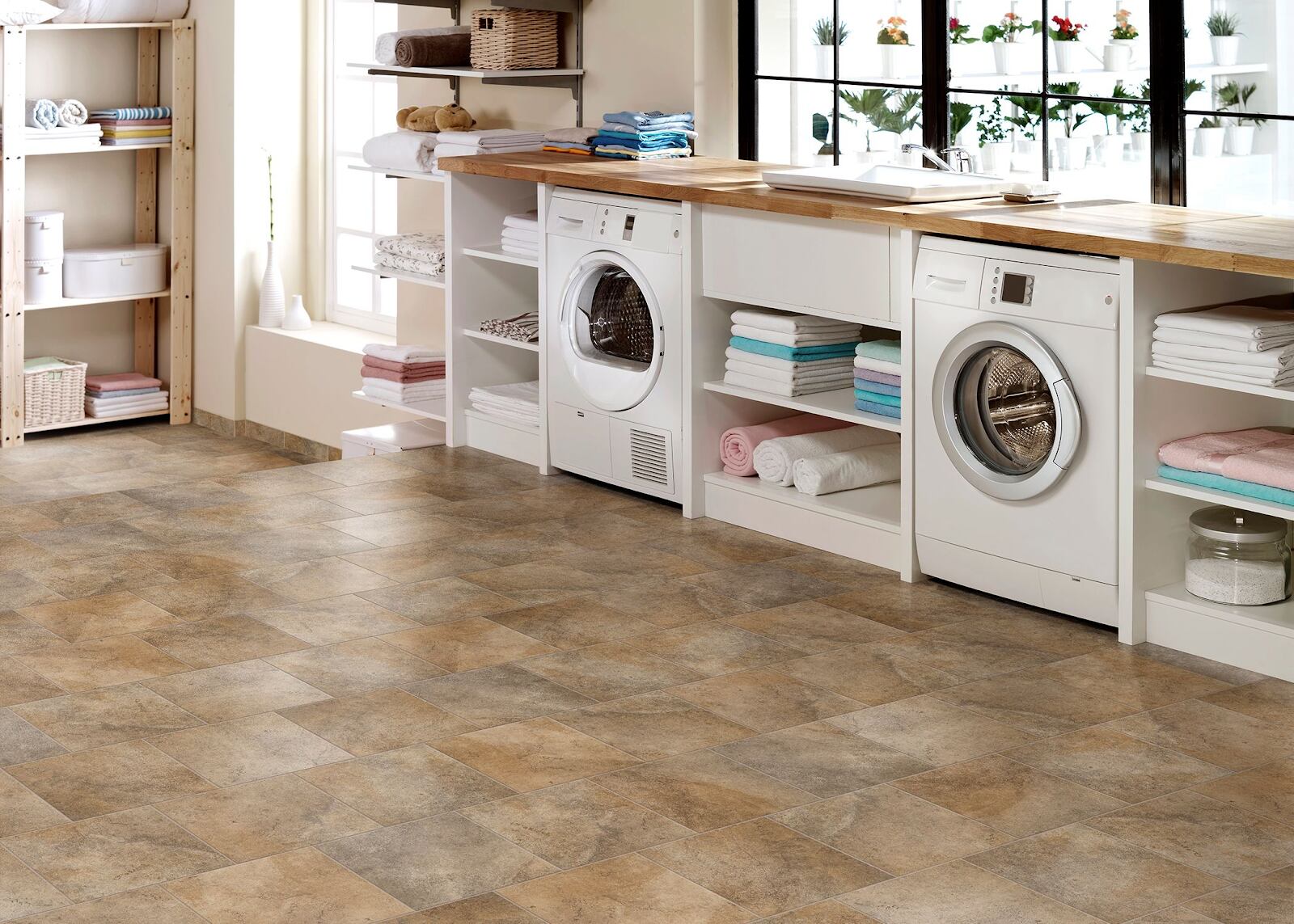
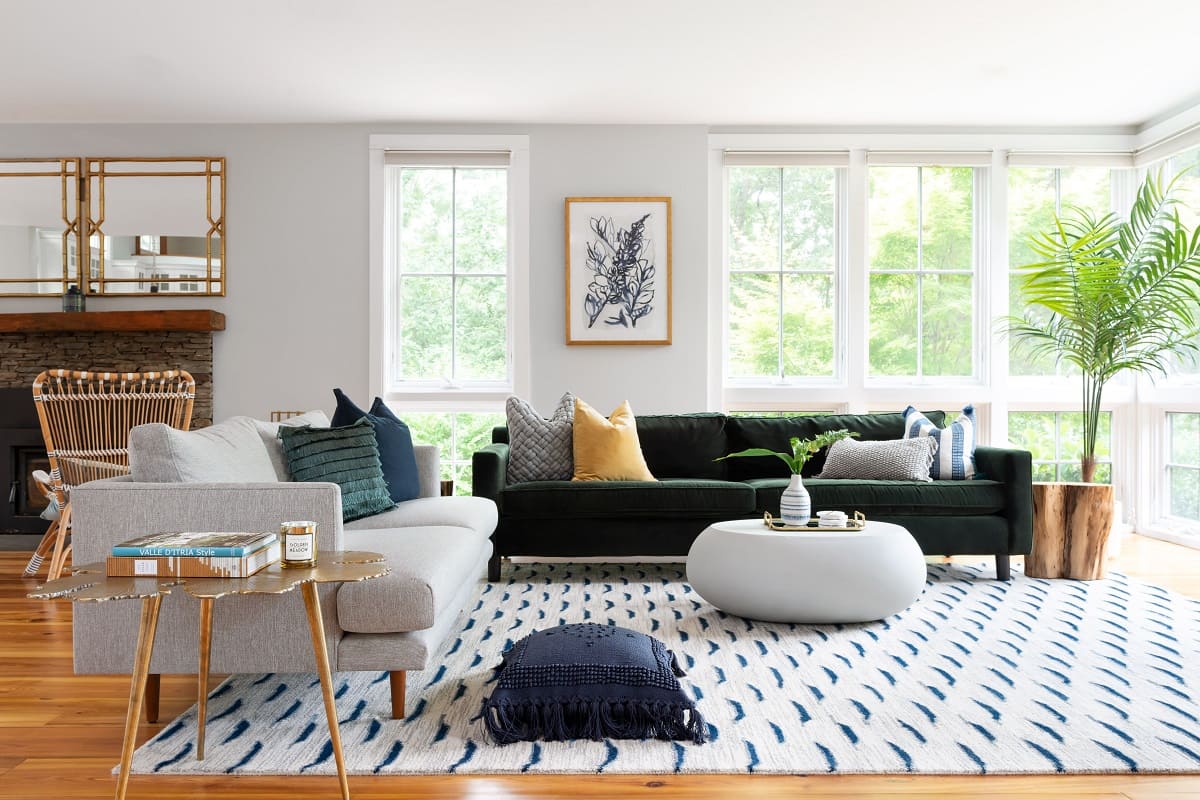
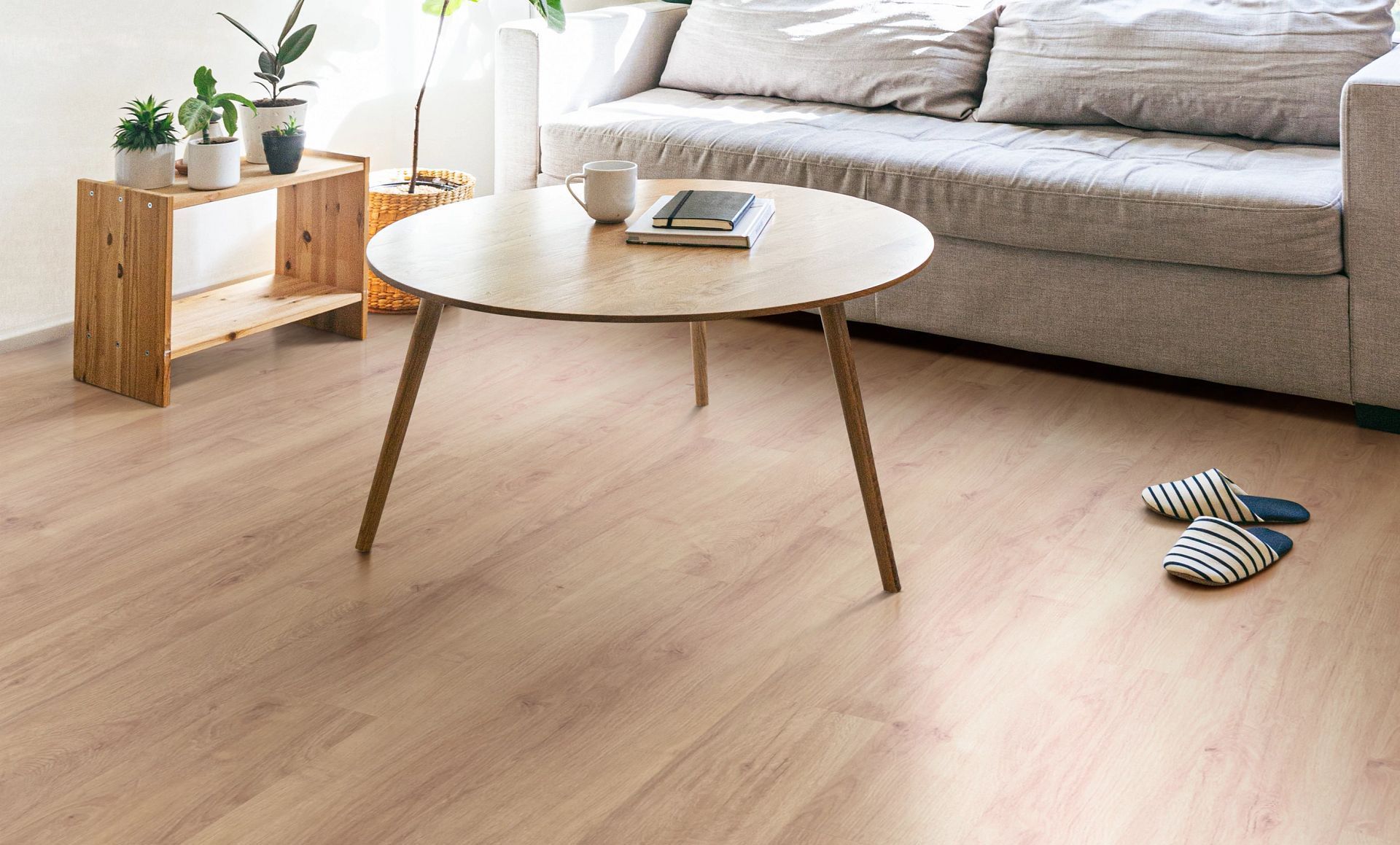
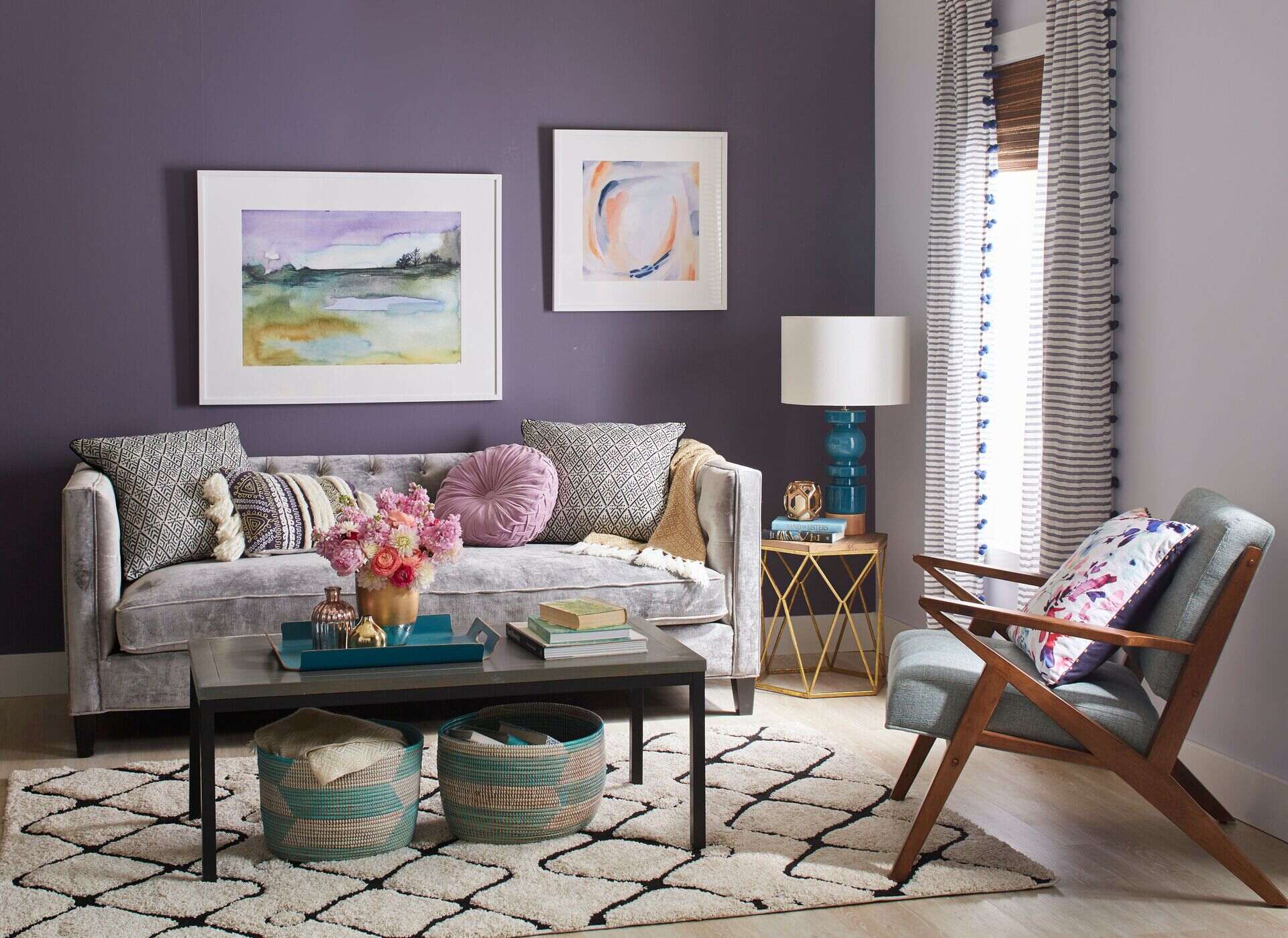
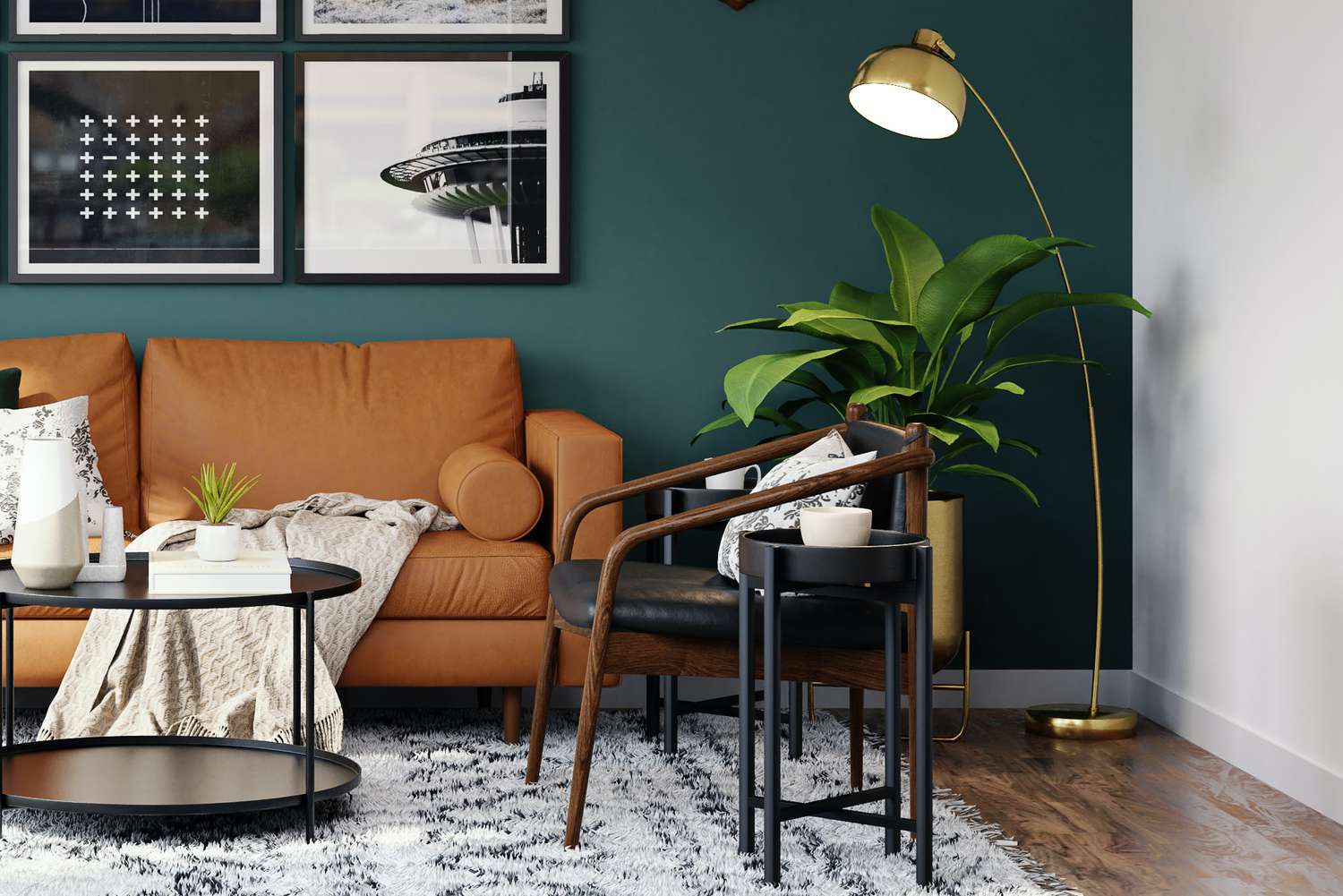
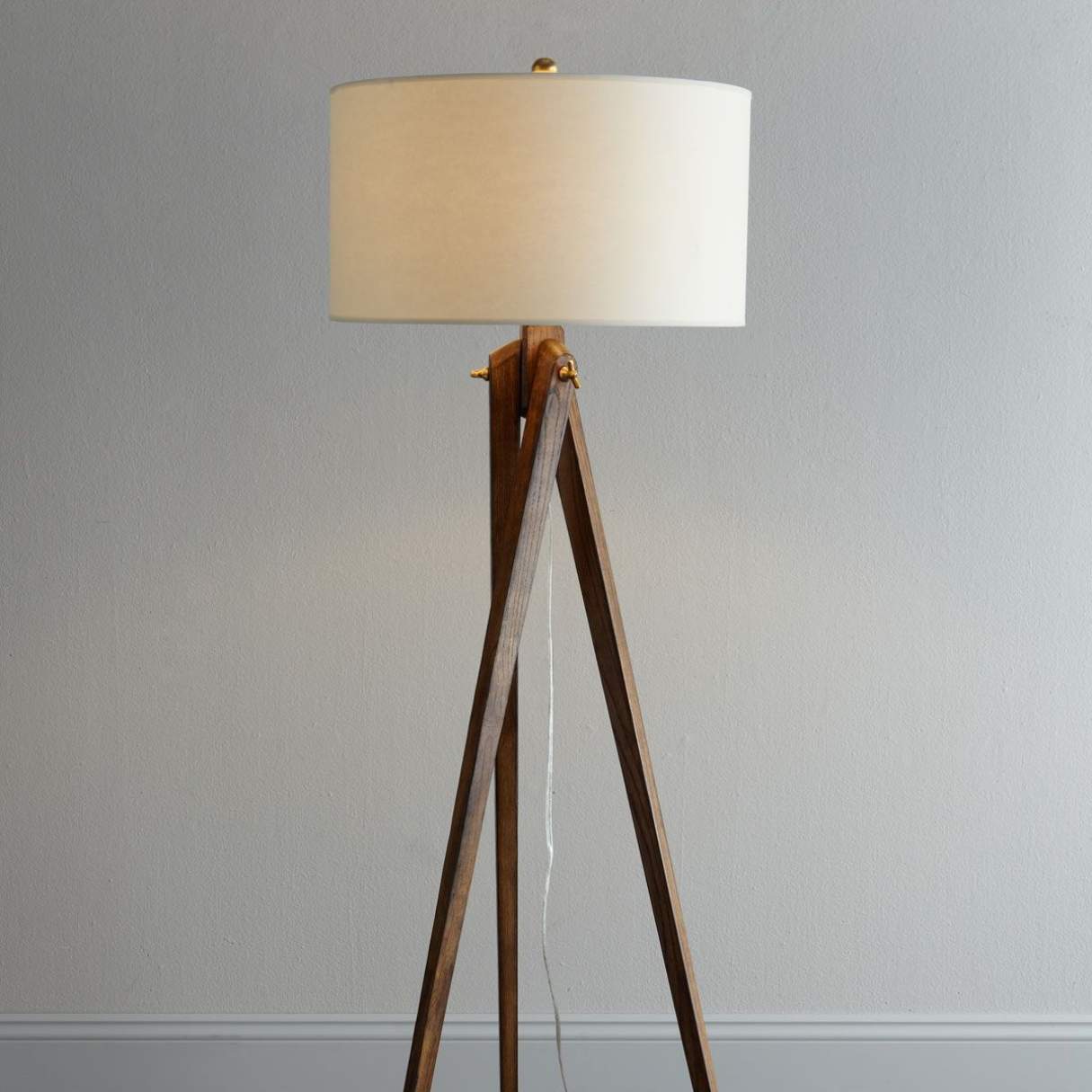
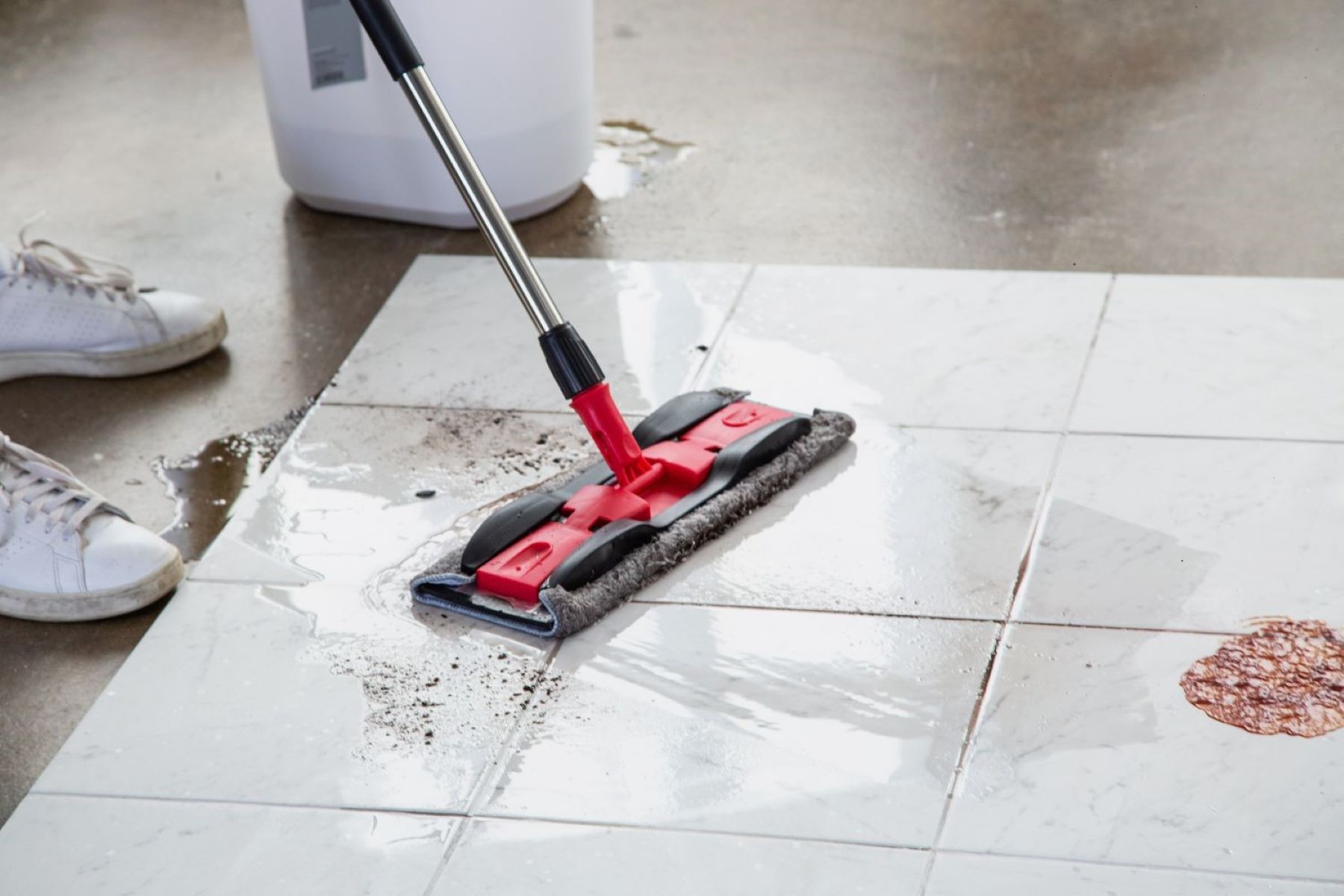
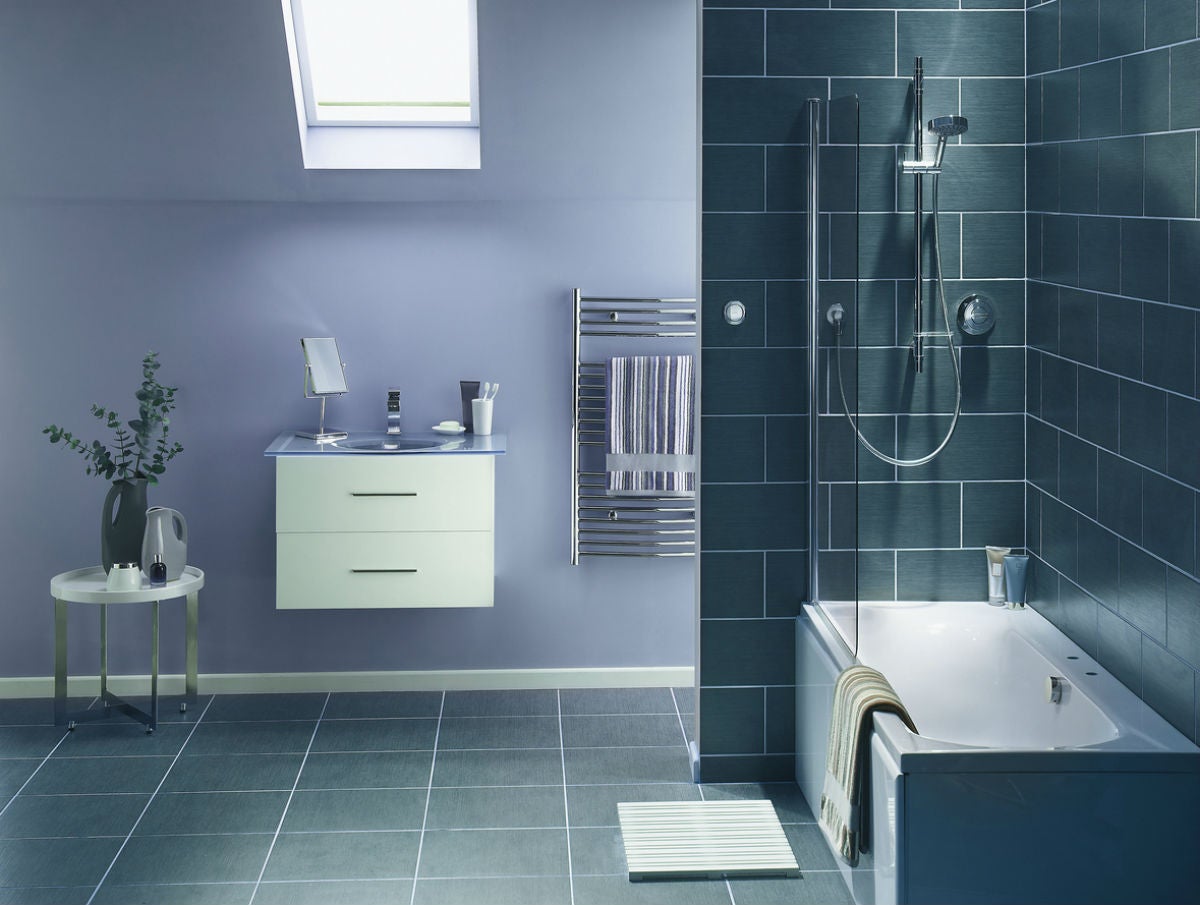

0 thoughts on “Which Tile Is Best For Living Room Floor”